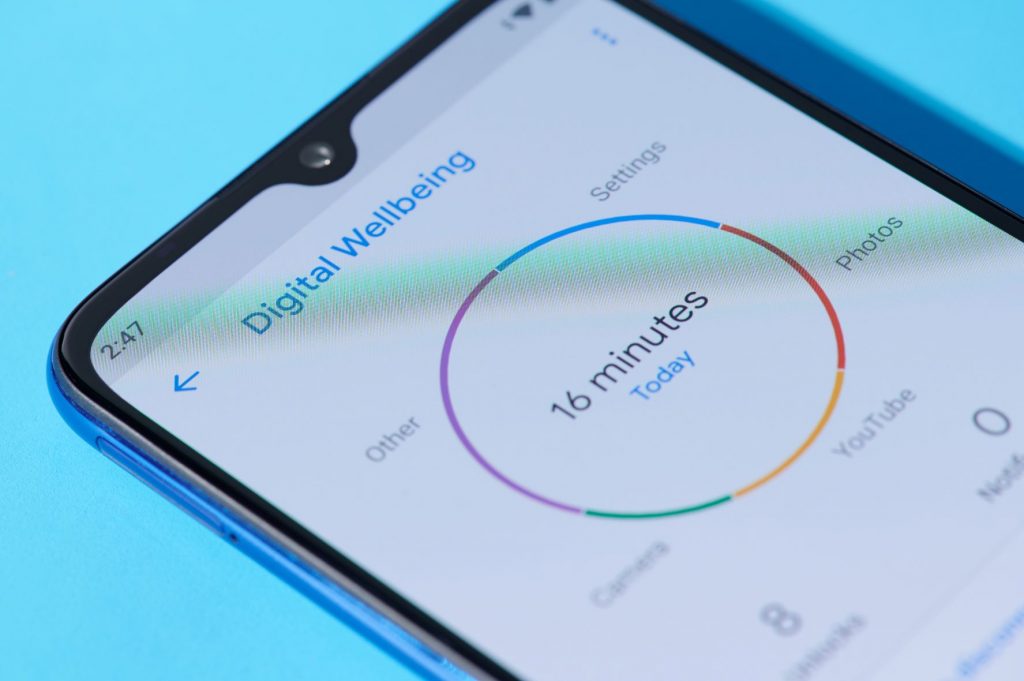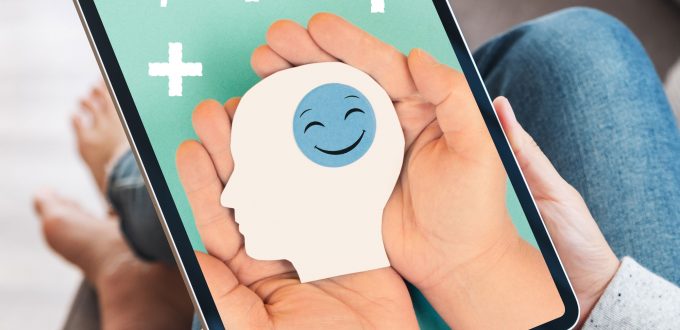Digital wellbeing is a term used to describe the impact of technologies and digital services on people's mental, physical, social, and emotional health. We are now more conscious of our mental health. The online world is a great place for both adults and students to learn. However, it often brings with it feelings of anxiousness and uncertainty. There is no doubt that some or more people are addicted to digital devices, social media, online gaming, television and more. How can we learn to be more digitally well?
- Manage your apps and notifications to reduce distractions. Pausing apps and customizing when and how you get notifications can help keep your attention on your tasks. Features such as ‘focus’ mode on devices can help.
- Understand how you’re using your device. Getting a better, more detailed understanding of your tech use is the first step toward improving your overall digital wellbeing. You can use digital wellbeing and screen time apps to understand how you spend time with your device.
- Create boundaries for yourself. Setting limits for certain apps and sites can keep you from scrolling the day away. You can set time limits with certain apps and app groups, as well as reminders to take breaks, and you can turn off autoplay and/or endless scrolling.
- Understand how you’re using your device. Getting a better, more detailed understanding of your tech use is the first step toward improving your overall digital wellbeing. You can use digital wellbeing and screen time apps to understand how you spend time with your device.

Only when we as adults learn to understand digital wellbeing, what it’s about and how we can manage it ourselves, then we can teach our children and students to be digitally well. Here are some tips on how to teach kids to be digitally well. Here are some digital traits we need to teach them as cited by the World Economic Forum.

Digital identity: The ability to create and manage one’s online identity and reputation. This includes an awareness of one's online persona and management of the short-term and long-term impact of one's online presence.
Digital use: The ability to use digital devices and e.g., a, including the mastery of control to achieve a healthy balance between life online and offline.
Digital safety: The ability to manage risks online (e.g., cyberbullying, grooming, radicalization) as well as problematic content (e.g., violence and obscenity), and to avoid and limit these risks.
Digital security: The ability to detect cyber threats (e.g., hacking, scams, malware), understand best practices and use suitable security tools for data protection.
Digital emotional intelligence: The ability to be empathetic and build good relationships with others online.
Digital communication: The ability to communicate and collaborate with others using digital technologies and media.
Digital literacy: The ability to find, evaluate, utilize, share, and create content as well as competency in computational thinking.
Digital rights: The ability to understand and uphold personal and legal rights, including the rights to privacy, intellectual property, freedom of speech and protection from hate speech.


